
hotline:
17715390137
Tel/Wechat:
18101240246 (Technology)
0512-68565571
Email:mxenes@163.com (Sales Engineer)bkxc.bonnie@gmail.com
Scan the code to follow or search the official account on WeChat:
2D Materials Fronrier After paying attention,
click on the lower right corner to contact us,
Enter enterprise WeChat.
Professional Services Online

【Research Background】
The 2019 Nobel Prize in Chemistry awarded to lithium-ion batteries is an affirmation of the importance of wearable energy storage devices and will further promote cooperation and innovation in the field of new energy storage. Non-lithium ion rechargeable energy storage technology has attracted wide attention due to its low cost and high energy density. Recently, 2D materials benefit from their unique physical and chemical properties and have been thoroughly studied. MXenes with good electrochemical performance is one of its typical representatives, and it has been very popular in the field of energy storage in recent years. Enlarging the interlayer spacing and controlling the surface functional groups is a very valuable strategy for designing new structures. Recently, Professor Maowen Xu of Southwest University published a title in the internationally renowned academic journal Advanced Energy Materials: MXenes for Non-Lithium-Ion (Na, K, Ca, Mg, and Al) Batteries and Supercapacitors review article, which systematically summarizes MXene in The synthesis, structure, performance and application of non-lithium ion energy storage technology, and prospects for the future development direction.
【Graphic introduction】
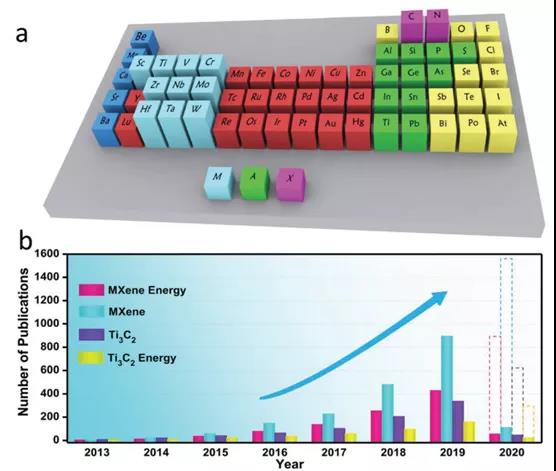
Figure 1. The periodic table of elements and elements related to MAX; the trend of published articles.
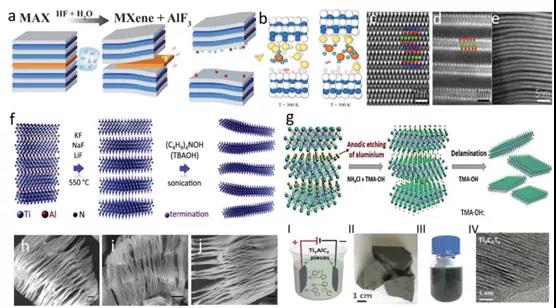
Figure 2. The MXene material obtained by etching MAX using different etching methods and the corresponding physical characterization.
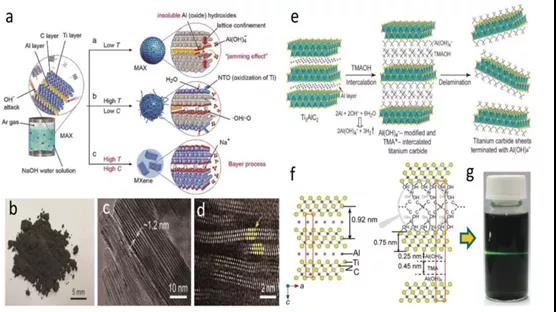
Figure 3. Etching process diagram of fluorine-free alkali etching at different temperatures.
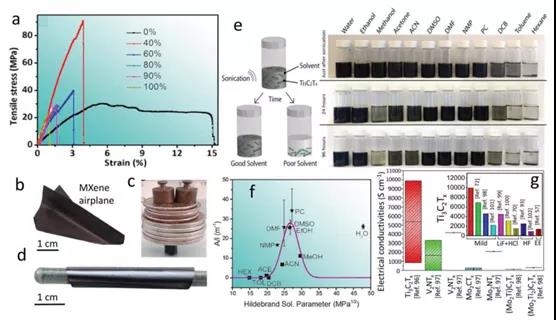
Figure 4. Physical properties of self-supporting MXene Ti3C2Tx and Ti3C2Tx@PVA composites.

Figure 5. Schematic diagram of the distance change between V2CTx layers.
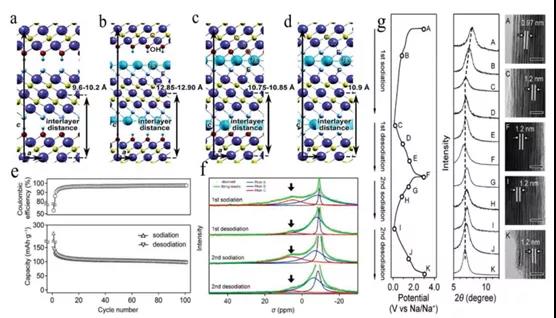
Figure 6. The ideal model of Na3 intercalation Ti3C2Tx and the corresponding physical characterization.
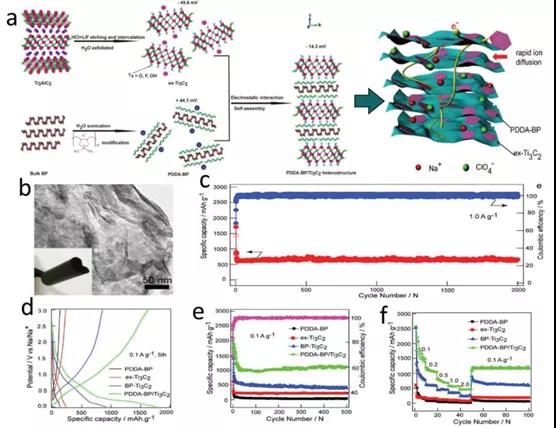
Figure 7. Synthesis process and electrochemical performance test of PDDA-BP/Ti3C2 composite material.

Figure 8. Synthesis of PDDA-NPCN/Ti3C2 composite material and corresponding physical characterization and electrochemical performance test.
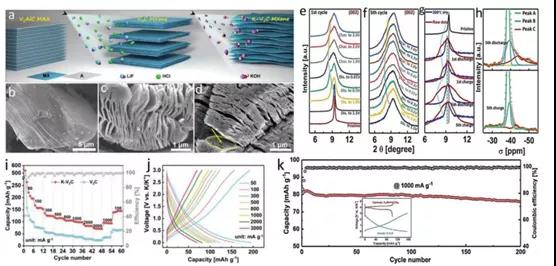
Figure 9. Synthesis process, physical characterization and electrochemical test results of K-V2C.

Figure 10. TMAOH intercalation increases the V2CTxMXene layer spacing for aluminum ion batteries: physical characterization and electrochemical performance testing.

Figure 11. MXene-based asymmetric supercapacitor assembly and its micro-topography and electrochemical performance test.
【Summary and Outlook】
MXene has become a hot new material in the field of energy storage. In order to further promote the rapid development of MXene, researchers need to strengthen research from the following aspects:
i) Identify the limiting factors and shortcomings for the large-scale preparation of MAX phase materials and MXene materials, reduce the synthesis cost, explore the key factors that affect the synthesis process, and explore novel environmentally friendly etching methods.
ii) Explore the reaction mechanism between MXene nanosheets and different solvents to improve the stability of MXene dispersion in water and organic solvents, such as adding antioxidants and other strategies.
iii) Study the effect of MXene surface chemistry on performance.
iv) Deepen the computing power of theoretical simulations, and design more potential MAX and MXene phase materials through theoretical simulations.
v) R&D and application of MXene-based solid state secondary batteries.
vi) Through reasonable structural design, make full use of MXene‘s structural advantages, improve its volume capacity
vii) Develop flexible and transparent MXene film for future wearable electronic devices.
viii) MXene-based hybrid supercapacitor has both high power density and energy density, and has high practical value.
Literature link:
DOI: 10.1002/aenm.202000681
Source: MXene Frontie
This information comes from the Internet for academic exchange only. If there is any infringement, please contact us to delete it immediately

| Reminder: Beijing Beike New Material Technology Co., Ltd. supplies products only for scientific research, not for humans |
| All rights reserved © 2019 beijing beike new material Technology Co., Ltd 京ICP备16054715-2号 |